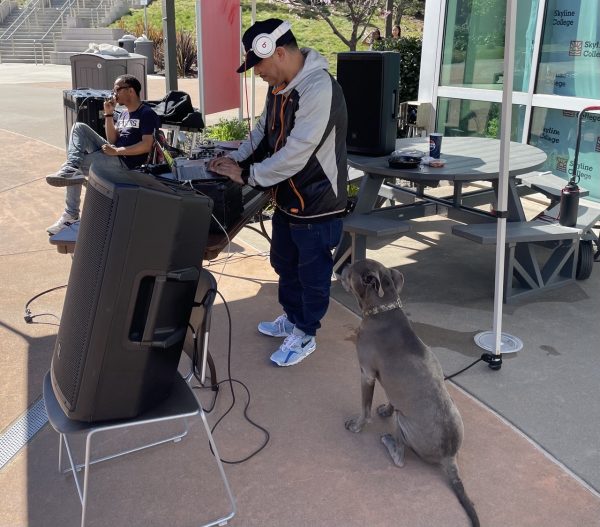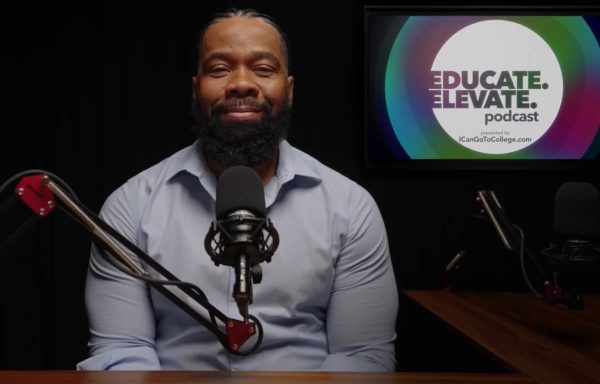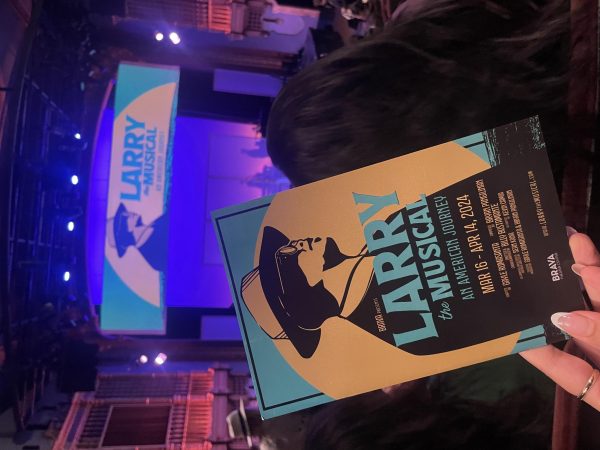Daylight saving time could end altogether
Every year since 1949, clocks spring forward and fall back, much to the chagrin of many students, employees, and employers alike.
With the latest change having happened only a few days ago, California Assemblyman Kansen Chu, D-San Jose, hopes his bill will end the transition all together.
On Feb. 16 of this year, Chu proposed AB 2496, a bill intended to “establish United States Standard Pacific Time as the standard time within the state during the entire year,” thus effectively ended daylight saving time.
Approved in November 1949 as an initiative to save power, recent studies claim that daylight saving time may actually increase power usage. One study, performed by the National Bureau of Economic Research (NEBR), found that
daylight saving time actually causes an increase in power usage, especially in the fall months, by between two and four percent.
The study focused on Indiana households, and estimated the increase in electricity bills for those residents to be approximately $9 million per year
due to daylight saving time.
In addition to an increase in cost, the transition is simply inconvenient for most. Beginning at 2 a.m. on the second Sunday in March and ending at 2 a.m.
on the first Sunday in November, changing all the clocks in a building can prove cumbersome.
No change would mean no clock fiddling, and Skyline student Trevor Lash and others would appreciate the time change for this reason alone.
While inconvenient for many, the transitional period of daylight saving time can be deadly for others. A study performed by the American Academy of Neurology found that the transition actually causes an increase in the chance of having a stroke for many people.
The study found that the “the overall rate of ischemic stroke was 8 percent higher during the first two days after a daylight saving time transition.” It also found that the rates of stroke for cancer patients during this period
increased to 25 percent, with a 20 percent increase just for people over 65.
In addition, the time change is basically a minor form of jet lag, disrupting the circadian rhythm of millions of people twice a year. This leaves many, including Skyline student Nildsson Sanchez, feeling “not even awake,” or mentally “cloudy.”
This is due to the fact that while the time change does reduce the need for electrical lighting, in seems to increase the need for heating and cooling in various regions. The study of Indiana also estimates “social costs of increased pollution emissions that range from $1.7 to $5.5 million per year.”
It is for these reasons that Assemblyman Chu wants this bill to pass.
“I heard some complaints last year from some of the senior citizens (in my district) and their care providers who say this one-hour difference really impacted their lives,” Chu told The Sacramento Bee.
If the bill passes, it will then be up for approval by California voters. And while the removal of daylight saving time may seem controversial, many American states and territories already don’t observe it. These regions include Hawaii, American Samoa, Guam, Puerto Rico, the Virgin Islands, and most of Arizona.
Currently there also exists a petition on petition2congress.com to end daylight saving time. At the moment it has sent over 110,000 letters concerning the end of daylight saving time.













